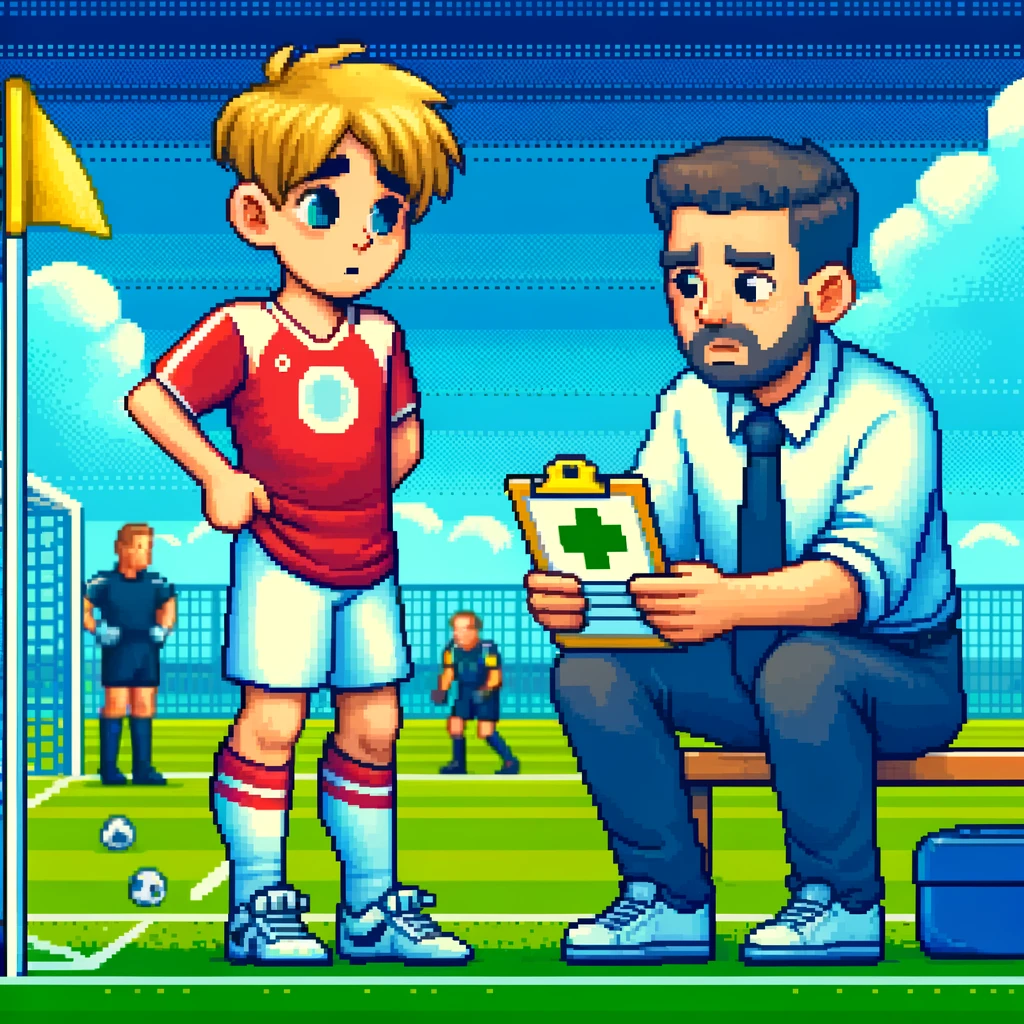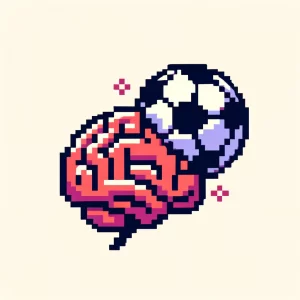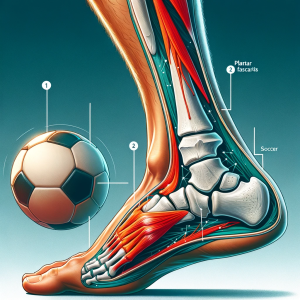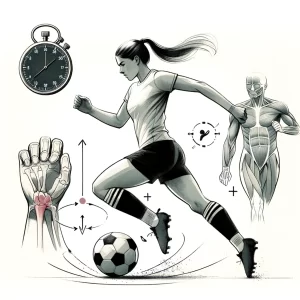
Soccer Concussion Guidelines: Ensuring Player Safety
Soccer, the world’s most popular sport, brings joy to millions, but lurking in its shadows is a less celebrated aspect: sport-related concussions (SRC). These injuries have increasingly caught the attention of athletes, coaches, and healthcare professionals due to their immediate and long-term effects on neurological health. Recent studies highlight alarming trends: former elite soccer players face higher risks of neurodegenerative diseases, largely due to concussions and repetitive heading during their careers. This raises a critical question: Are the current concussion protocols effective in protecting players?
Research Aim: Investigating the Discrepancies
A team of researchers conducted a scoping review to investigate whether the guidelines published by various soccer associations align with the recommendations of the Concussion in Sport Group (CISG) and to identify any discrepancies. The goal was to compare guidelines concerning initial assessment, removal from play, re-evaluation with neuroimaging, return-to-sport protocols, special populations, and education.
Methodology: Scoping the Field
The researchers performed an extensive search across PubMed, Google Scholar, and official soccer association websites to gather soccer-specific SRC guidelines. The guidelines were then compared to each other and to the CISG recommendations. They focused on initial assessment, removal from play, neuroimaging re-evaluation, return-to-sport protocols, special populations, and education.
Findings: A Patchwork of Protocols
Nine soccer associations from the UK, USA, Canada, Australia, and New Zealand were included in the review. Discrepancies were evident in several areas:
- Initial Assessment: While most guidelines referenced the SCAT-5 tool for side-line assessment, variations existed in the specific symptoms and signs they prioritized.
- Removal from Play: Differences emerged regarding the terminology “suspected concussion” and the conditions under which players could return to play on the same day.
- Re-evaluation with Neuroimaging: Only FIFA’s guidelines recommended specific conditions for neuroimaging, reflecting a lack of consensus on this critical aspect.
- Return-to-Sport Protocol: The recommended initial rest period varied widely, from 24 hours to 14 days, impacting the earliest return-to-sport timeframes.
- Special Populations: Differences were noted in the management protocols for elite versus non-elite athletes, children, adolescents, and female athletes.
- Education and Baseline Testing: There was a significant gap in educational efforts and baseline testing across the guidelines, with some associations not addressing these aspects at all.
The Implications: Why Uniform Guidelines Matter
These discrepancies can have profound implications for player safety. For instance, inconsistent return-to-play protocols might lead to a premature return, increasing the risk of further injury. Similarly, inadequate initial assessments and a lack of neuroimaging guidelines could result in missed diagnoses of more severe brain injuries.
The lack of standardization particularly affects amateur athletes who may not have access to specialized medical care. Without uniform guidelines, these players face increased risks of long-term adverse effects. Additionally, the absence of specific protocols for female athletes, who have been shown to experience concussions differently, leaves a significant gap in player safety measures.
Moving Forward: A Call for Standardization
The recent update from the CISG, concluded at the 6th International Conference on Concussion in Sport, offers a timely opportunity for soccer associations to harmonize their guidelines. By aligning with the latest consensus, which includes updated tools like the SCAT-6 and new strategies for return-to-sport, soccer associations can ensure a more standardized approach to managing concussions.
Recommendations: Steps to Enhance Player Safety
- Unified Guidelines: FIFA and its continental counterparts should lead the effort in creating standardized SRC guidelines that address identified discrepancies, particularly around initial rest periods, return-to-sport timeframes, and special population protocols.
- Neuroimaging Protocols: Establish clear guidelines on when and how neuroimaging should be used to assess concussions, ensuring more severe injuries are not overlooked.
- Education and Baseline Testing: Mandate educational programs on concussion risks and management for all players and coaches, and incorporate baseline testing as a standard practice.
- Inclusion of Special Populations: Develop specific guidelines for children, adolescents, and female athletes, considering their unique vulnerabilities and recovery trajectories.
- Translation and Accessibility: Ensure that all guidelines are translated into multiple languages and made accessible to non-English speaking players and associations globally.
Engaging the Community: Your Voice Matters
To foster a broader understanding and adherence to these guidelines, it’s crucial to engage the soccer community. Coaches, players, and parents should be educated about the risks of concussions and the importance of following proper protocols. We encourage readers to share their thoughts and experiences in the comments section. Have you or someone you know been affected by a concussion in soccer? How do you think guidelines can be improved? Your insights can help shape a safer future for the sport.
Conclusion: A Collective Responsibility
Ensuring the safety of soccer players worldwide requires a collective effort. By standardizing SRC guidelines and educating the community, we can reduce the risks associated with concussions and protect athletes’ long-term health. FIFA and other soccer governing bodies have a pivotal role to play in this endeavor. Together, we can make soccer not only the world’s most beloved sport but also one of its safest.
Elevate your understanding of the beautiful game with ‘This Week in Soccer’.
Subscribe now to our newsletter and be part of a community that transforms theoretical knowledge into practical mastery. Don’t miss out on the chance to access groundbreaking insights and redefine your approach to soccer. Subscribe today!



